Suzuki might have summoned a ghost from its past by bringing back the Katana name for 2019, but while that model is reborn two other legendary Suzukis are on their death beds.
The Hayabusa and GSX-R750 – bikes that have been pivotal in defining Suzuki’s image and market position for decades – have already been pulled from the market in Europe and Japan, and while production continues for American and Australian markets, the tightening noose of emissions legislation means they’re days are numbered, at least in their existing forms.
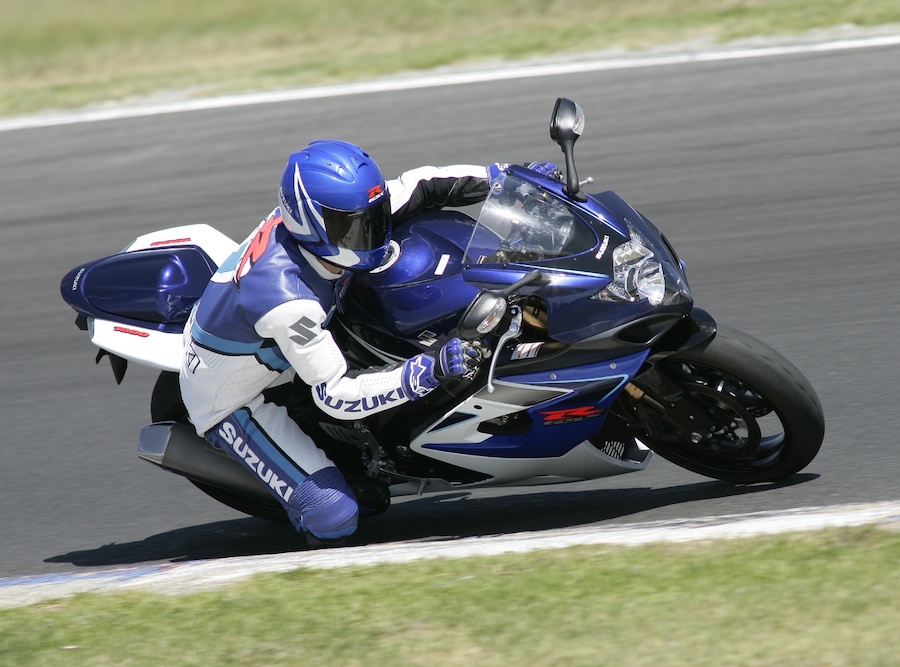
For the Hayabusa, the demise of the current model isn’t going to represent the end of the line. Insiders claim the bike will rise again in the next couple of years in a redesigned form. But for the GSX-R750 and its near-identical GSX-R600 sibling, there’s currently no sign of replacements in the company’s immediate future.
The bikes are added to a roster of famous machines that have been edged out by increasingly tough type-approval rules, notably the Euro4 emissions standards that were first introduced in Europe in January 2017 and which other countries including Japan are also adopting. In Europe, bikes sold in relatively small numbers were able to remain on sale for up to two years without meeting the Euro4 limits, but after 31 December 2018 no non-compliant model can be registered as a new bike in the European Union.
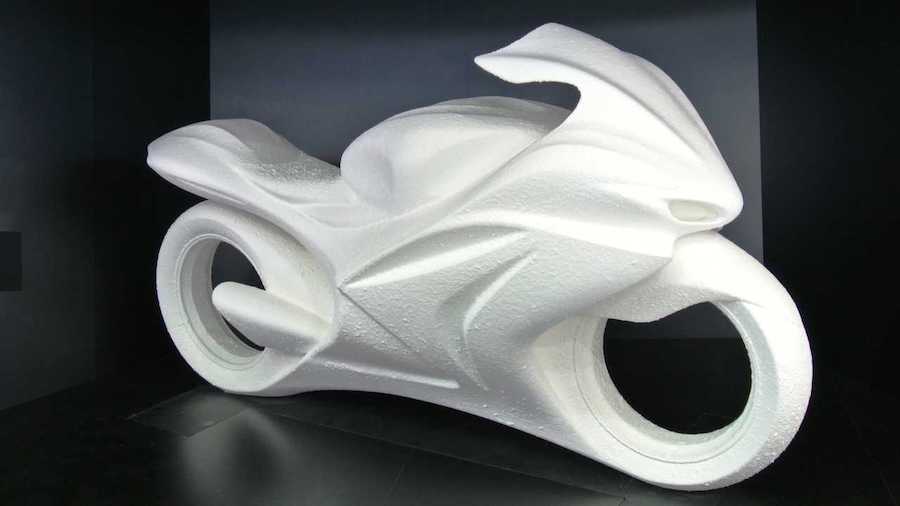
The Euro4 rules have already seen the end, on that continent at least, for famous models including the Yamaha V-Max, Triumph’s Daytona 675 and Rocket III, Suzuki’s own Bandit range and a host of others, with virtually no manufacturer’s model range surviving intact.
The GSX-R750, although initially sold in Europe as a 2018 model, was removed from Suzuki’s European websites several months ago. By the 31 December deadline, few, if any, non-Euro4 GSX-Rs remained unsold in EU dealers. The Hayabusa soldiered on longer, remaining an official part of the model range in Europe well into December and with small stocks remaining in dealers right to the last moment. Any unsold by the end of the year were to be registered by the dealers themselves and put on the market as used bikes.
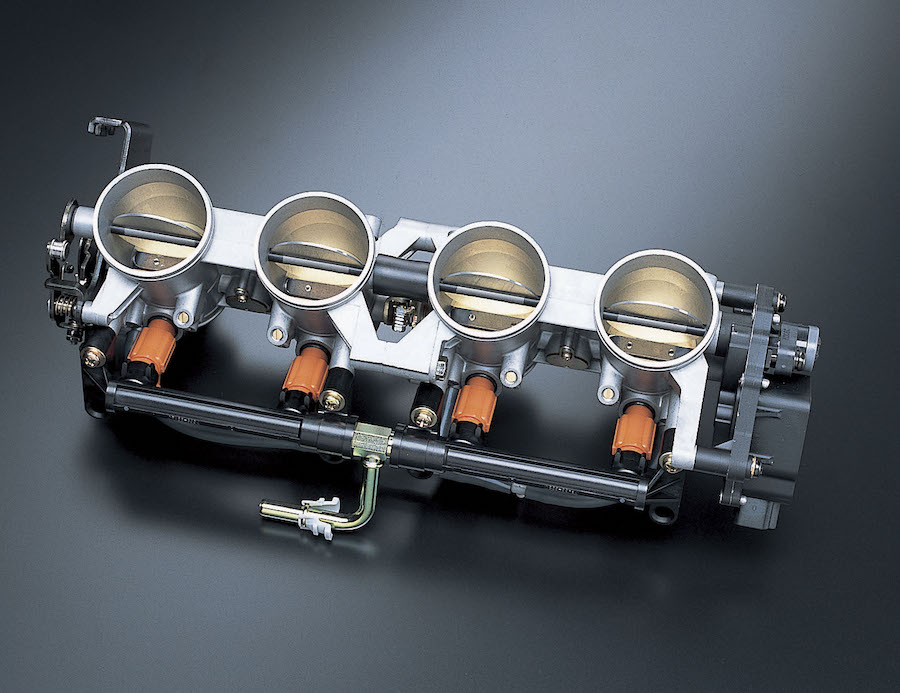
Away from Europe, the picture is slightly muddier. The USA officially has ‘2019’ versions of the Hayabusa, GSX-R750 and GSX-R600 on sale complete with new colour options, and Suzuki has confirmed that Australia will also get 2019 Hayabusas, although there are still significant stocks of 2018 models, as well as 2018 GSX-R750s and GSX-R600s, in dealers around the country.
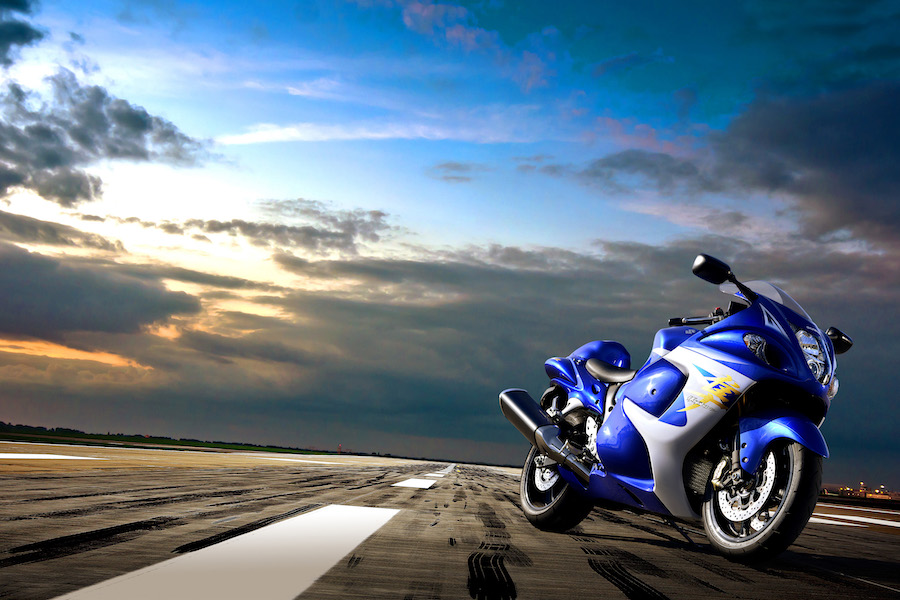
HAYABUSA
What does the future hold?
While there’s a break in ’Busa production at the moment, Suzuki insiders tell us that the firm is committed to making a new version in the not-too-distant future. Exactly when it will appear remains uncertain, but it’s likely to be in the 2020 or 2021 model range.
In terms of how the bike will be updated, there’s no official word but we hear that wild rumours of a turbocharged ’Busa successor are wide of the mark. Instead, the next-generation machine is likely to use a development of the existing engine, with its capacity increased by around 100cc to 1440cc – putting it in direct competition with the 1441cc Kawasaki ZX-14.
That capacity increase should ensure a 150kW-plus power output and make it easier to pass the Euro4 and upcoming Euro5 emissions limits. The latter are due to be phased in in Europe in stages from 2020 onwards.
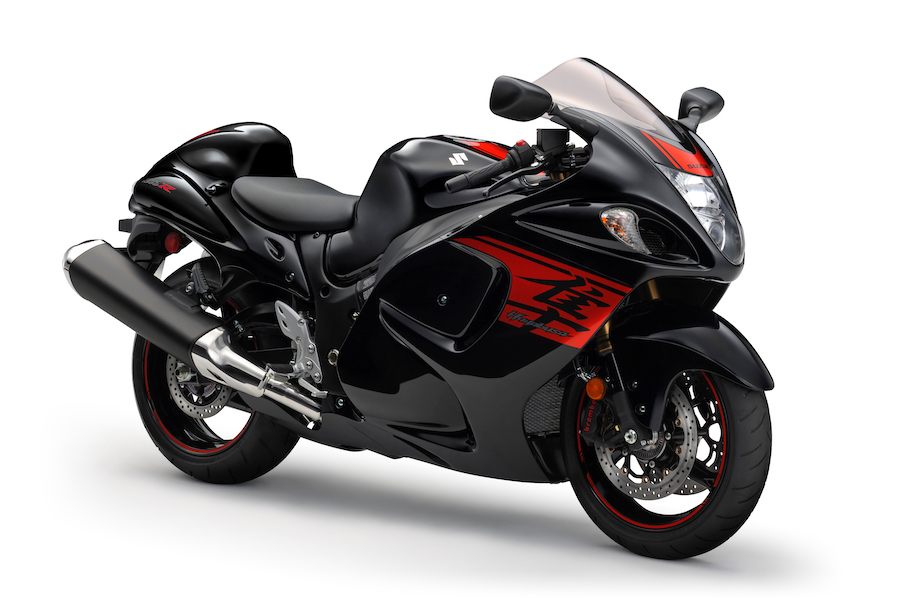
We might get our first glimpse of the next-generation Hayabusa from a set of patent applications that the firm has recently filed in Japan. Although they don’t show a complete bike, the designs describe a new twin exhaust, looking very much like that used by a Hayabusa, that can pass strict emission limits thanks to the way the catalytic converters are packaged underneath the engine. The patent’s drawings show a modern aluminium beam-frame design and a four-cylinder engine with mounting points that are identical to those of the current Hayabusa’s motor. That fits in neatly with the rumours from Japan that the next-gen bike will use a development of the existing motor rather than an all-new engine.
However, the new frame means that the bike will be a clear departure from the existing model, which has used essentially the same chassis since its introduction back in 1999.
The bike’s styling is sure to remain very much in the existing Hayabusa mould. The twin exhausts – one on each side – are sure to be kept, and the bodywork is likely to be similar to the style previewed on Suzuki’s Concept GSX, which was shown at the 2015 Tokyo Motor Show.

’Busa, this is your life
At its introduction in late 1998 as a 1999 model, the Suzuki Hayabusa was, without doubt, the hottest property in the motorcycling world.
Its name is the Japanese term for Peregrine Falcon, the world’s fastest animal, which can easily exceed 320km/h in a dive. So it’s no surprise that rumours abounded that the new Suzuki would be the world’s first 320km/h stock production bike when it went on sale.
As it turned out, the 1999 model never quite managed that figure in stock form, although plenty of tuned examples easily went faster. Straight from the showroom, the ’Busa achieved 312km/h.
It was a hammer-blow in the battle for top speed supremacy that had been brewing throughout the 1990s. At the start of the decade, the Kawasaki ZZ-R1100 set new standards for straight-line speed, hitting 285km/h, and in 1996 Honda’s Super Blackbird raised the bar to 299km/h.
With speed clearly equating to sales, rivals machines were soon under development. Kawasaki’s ZX-12R – debuting in the 2000 model year – was expected to be faster still and others also jumped on the bandwagon. BMW started work on the bike that was to become the K1200S and Triumph came within months of launching its own four-cylinder, 320km/h, the A13HC ‘Hurricane’ before cancelling the project.

That cancellation came in part because a year after the ’Busa went on sale, most of the world’s bike firms agreed to end the madness and adopted a voluntary 300km/h top speed restriction. With flat out performance no longer the goal, they were free to concentrate on more important things, like handling, and the current generation of astounding 1000cc superbikes owes its existence, in part, to the decision to end the top speed battle. Ironically, many of them will now easily hit – or even surpass – the 300km/h ‘limit’ that was agreed on.
The timing of the voluntary limit meant that the Kawasaki ZX-12R, which was touted as the bike to beat the ’Busa’s top speed, was castrated before it even went on sale; as far as the record books were concerned, it did just 300km/h. In fact, 2000-model-year ’Busas were also electronically limited to 300km/h, meaning that the unrestricted first year machines are, to this day, the fastest of all stock Hayabusas when it comes to top speed alone.
The end of the top speed wars could have meant the Hayabusa had a short life – just as the ZX-12R did – but for all its performance the bike turned out to be an easy-going, comfortable all-rounder, carving out a niche as a high-speed sports tourer and cementing its position in Suzuki’s range.
Had the top speed battles continued, Suzuki would no doubt have given the bike regular upgrades, but in its new role it was left unchanged for nearly a decade until the launch of the revamped, face-lifted 2008 model.
Packing a larger 1339cc engine instead of the 1299cc original, the second-gen machine offered 145kW, up from 130kW for the original model, as well as revamped but still instantly recognisable styling. There was new suspension and radial brakes, too, but the chassis was unchanged.
Now, with another decade under its wheels, the dwindling stocks of remaining new Hayabusas are still much the same as that 2008 model, although ABS was added along with Brembo calipers in 2013.
The fact that the Hayabusa has remained on sale for so long with such minor changes, and that it still attracts a consistent stream of buyers worldwide, is a testament to the rightness of the original design and explains why, even though production of the current model is at an end, there will be a new version to replace it within a couple of years.
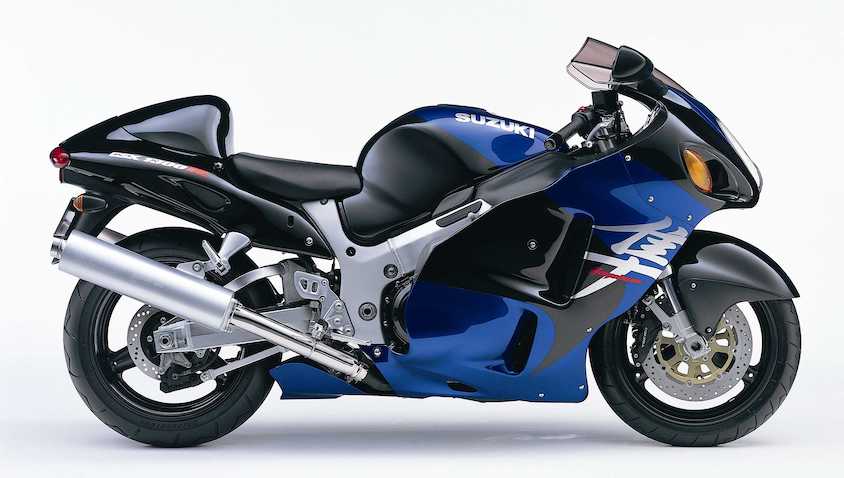
GSX-R750
What does the future hold?
The Hayabusa might be 20 years old but it’s a upstart compared to Suzuki’s GSX-R750, which has been on the market for a full 33 years without a break.
But it’s on borrowed time now. As with the Hayabusa, the bike is remaining on sale in 2019 in America and there are still stocks of 2018 models in dealers in Australia, but it’s gone from the European market and inevitably questions over the long-term viability of an ageing machine that’s gone unaltered by its manufacturer since 2011.
Emissions are, of course, part of the reason for the bike’s demise in Europe, but the GSX-R750 also misses out on the anti-lock brakes that are also mandatory over there, as well as other new requirements like on-board diagnostics for the emissions systems.
All that means revamping the bike to suit the latest rules isn’t an easy or cheap job, and the technically similar GSX-R600 has an identical problem. As a result, our Suzuki insiders say there’s no sign of a new GSX-R750 or GSX-R600 in the firm’s plan for new model releases over the next couple of years
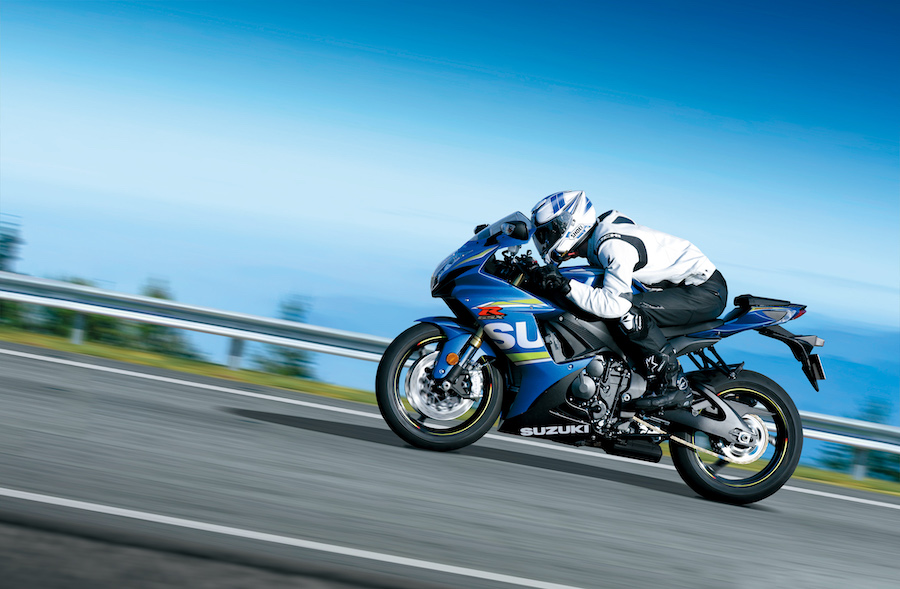
Having been superseded by the GSX-R1000 when it comes to WorldSBK duties in 2003, in some ways it’s surprising that the GSX-R750 has remained available for the last 15 years. Its direct rivals – Kawasaki’s ZX-7R and Yamaha’s YZF750 – both died years ago, but Suzuki stayed loyal to the 750cc format. Its combination of power, size and weight makes it an attractive middle-ground, but these days the bike lags far behind technologically – there’s no ABS, no traction control and certainly no lean-sensitive IMU-assisted electronics.
The reality is that the cost of developing and manufacturing a new GSX-R750 incorporating the technology buyers expect these days is prohibitive. It would be as expensive as developing a new GSX-R1000, but the 750’s sales would be far lower. While Suzuki is more than aware of the historical value of the GSX-R750 name, the maths is against the development and production of a new one.
Instead, we can expect to see the firm fill the void with other bikes. Suzuki’s patent activity reveals that it’s still hard at work developing the turbocharged parallel-twin machine that it previewed with 2013’s Recursion concept bike. While the Recursion was a 588cc, SOHC twin, turbocharged to reach a claimed 75kW, the production version is expected to use the 700cc, DOHC XE7 twin revealed at the 2015 Tokyo Motor Show. Although no performance claims were made, it should be good for around the same power as the GSX-R750 (110kW), but with far more torque.
However, the production model, expected to be called GSX700T, is still far from ready; our sources say not to expect it within the next couple of years.
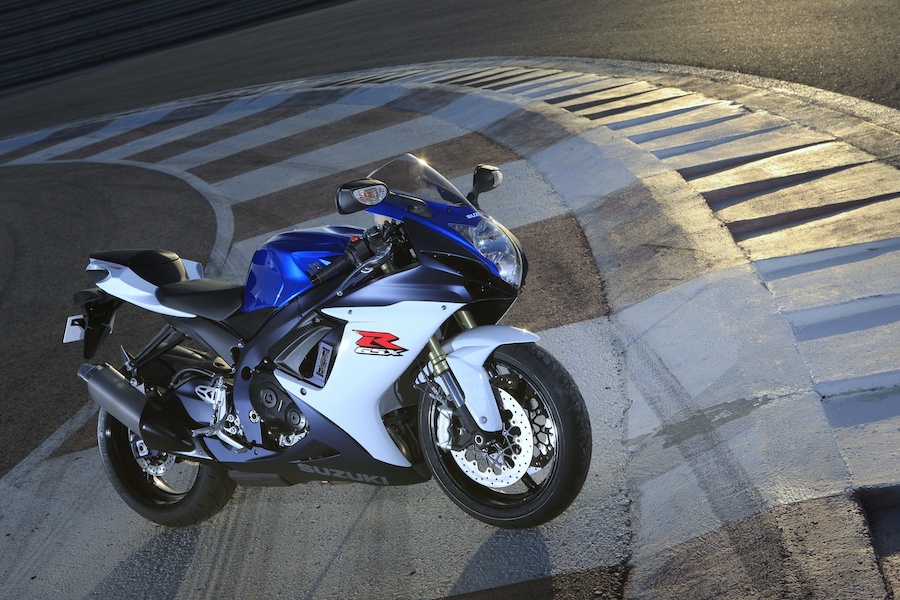
GSX-R750, this is your life
There’s no question that the original GSX-R750 was one of the ground-breaking bikes of the 1980s, taking previously-held assumptions about road-going sportsbikes and dismissing them. Before the GSX-R appeared, a powerful four-cylinder, four-stroke sportsbike was also heavy and dull-witted in corners – it was simply an expected trade-off. There were powerful bikes and there were bikes that handled well, but you had to choose one or the other.
The GSX-R750 was both.
There were two key elements to its abilities. One was the aluminium chassis, inspired by GP and endurance racing bikes, it saved weight and offered handling that was a step above the steel-framed offerings of its rivals. Second was the engine; by air and oil cooling instead of water, Suzuki made it lighter. Getting enough cooling, particularly in the four-valve cylinder head, required a novel approach, but the result was clearly effective.
Early bikes made 77kW and weighed 176kg dry, but Suzuki didn’t rest on its laurels and the early years of the GSX-R750 include a startling rate of model updates. In 1986 the GSX-R750R emerged, with a dry clutch, better suspension and a single seat. In ’88 there was a full model update with a new frame, a short stroke engine and the Mikuni Slingshot carbs that are often used to define that generation.

Come 1989 and there was a second-generation GSX-R750R, reverting to the original bike’s bore and stroke but tuned for more power, and in 1990 the standard GSX-R750 also went back to the earlier long-stroke engine dimensions, also gaining a revised fairing.
By 1992 it was time for a third-generation of GSX-R750, and despite the weight-saving of the original oil-cooled engine, Suzuki took this opportunity to make the switch to more conventional water-cooling. The new motor meant a new chassis, too, and of course the bodywork was again changed to suit. It was also 1992 that saw Suzuki introduce a downsized version of the GSX-R750, the GSX-R600.
1996 was the next big moment for the GSX-R, with both the 600 and the 750 finally ditching the cradle-style frame in favour of an alloy beam chassis. Allied to MotoGP-derived aerodynamics and a ram-air system to feed a new short-stroke engine design, the result became known as the SRAD model. Fuel injection improved it further in 1998, before another full model change in 2000.
By now, the GSX-R750’s power was up to 141bhp (105kW) and weight had dropped to a remarkable 166kg (dry), but Suzuki was already about to launch the GSX-R1000 – a machine that would see the focus start to drift away from the 750.
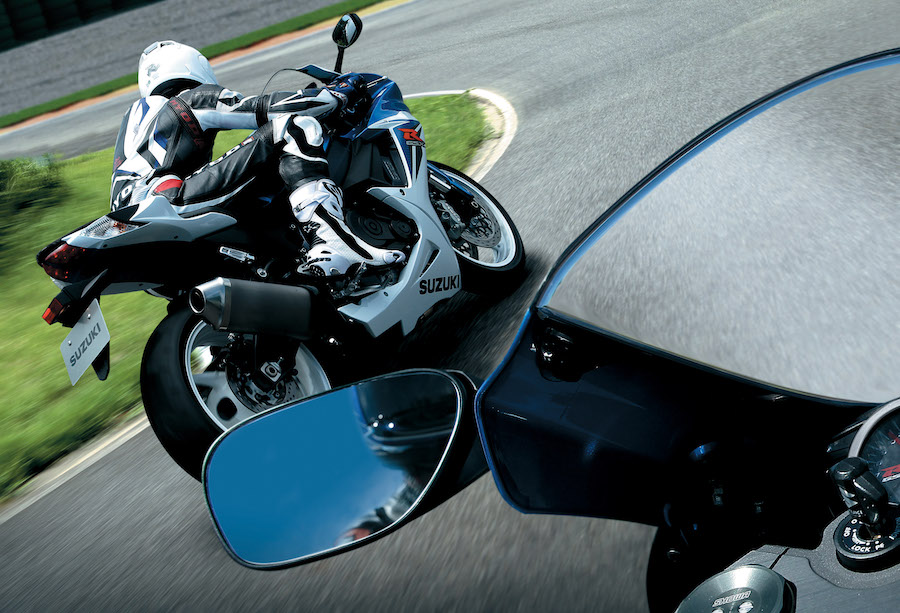
Tweaks including a new frame in 2004 chipped away even more at the weight, down to 163kg for the GSX-R750, while power rose again to around 108kW. And in 2006 another upgrade brought the bike to a new peak, with 150hp (111kW) and another new chassis. A 2008 restyle carried the bike through until late 2010, when another revamp introduced the GSX-R750 that we know today, with basically the same engine that appeared in 2006 but a redesigned frame helping cut dry weight to a mere 156kg.
But it’s been eight years since that last redesign. Earlier in the GSX-R’s life, that would have been enough time to see three full model generations, plus just as many smaller annual improvements and updates. Imagine how good the GSX-R750 might be today had Suzuki kept up that rate of development…
One day, no doubt, market conditions and perhaps even racing regulations might inspire Suzuki to revive the GSX-R750, just as it’s brought back the Katana name for 2019, but right now it looks like the window of opportunity to own a brand new is getting ever smaller.
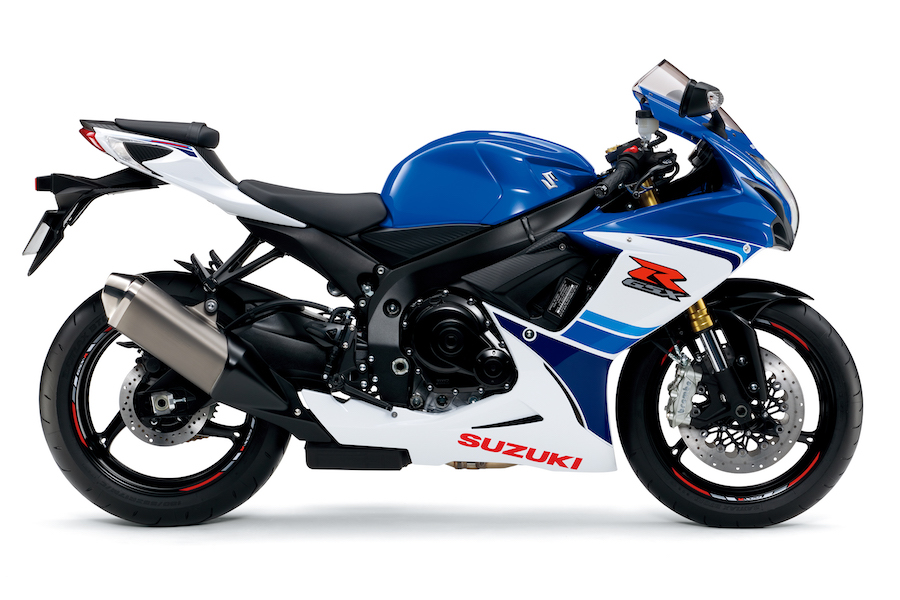
Words Ben Purvis Photography AMCN Archives











